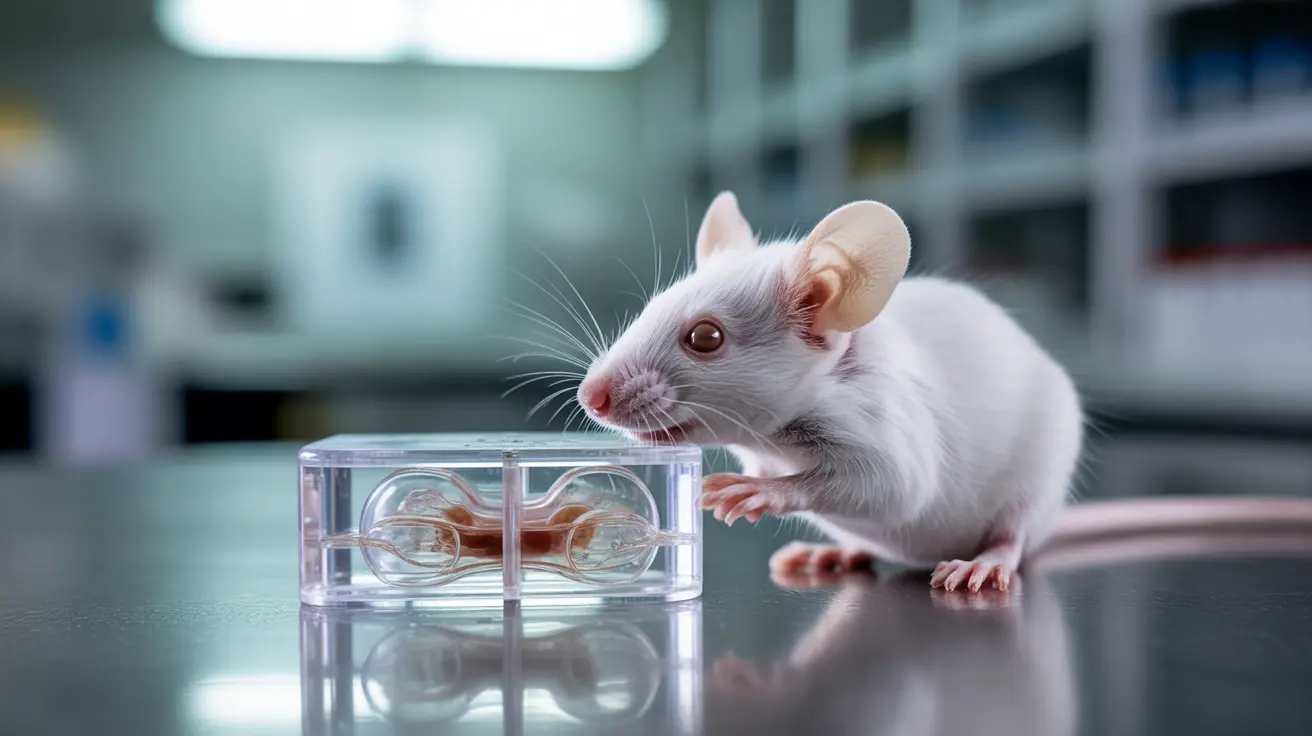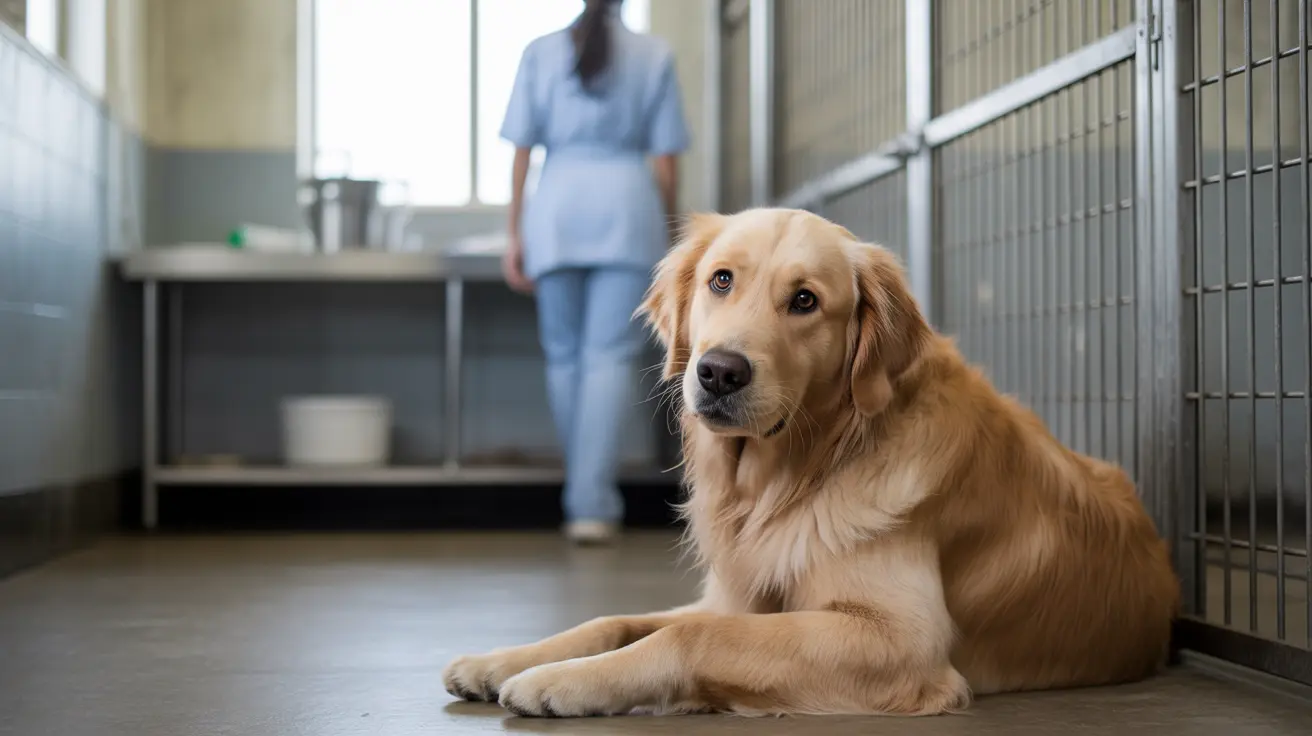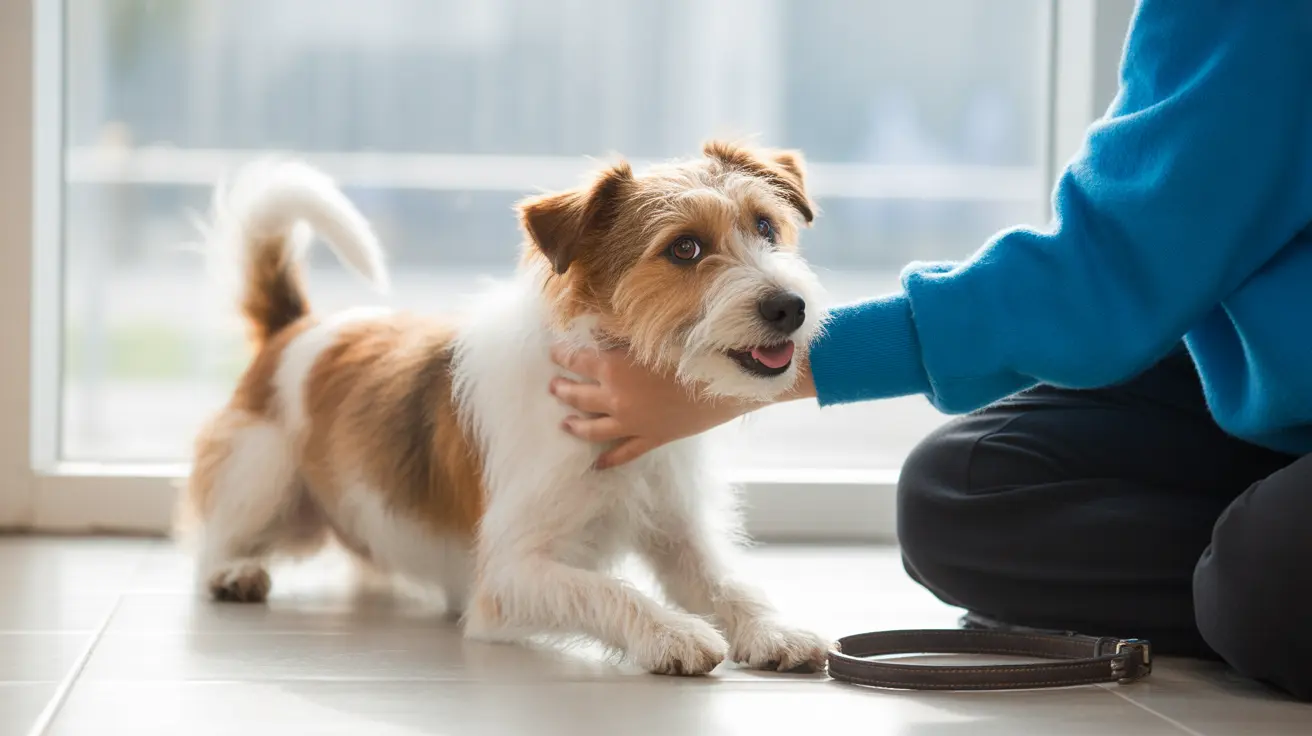A significant oversight in U.S. federal policy has come to light: no centralized system exists to track the total number of animals used across laboratories nationwide. This revelation underscores the urgent need for comprehensive data collection as the scientific community increasingly embraces animal testing alternatives like organ-on-a-chip technology and AI in biomedical research.
The lack of comprehensive tracking creates challenges for policymakers and researchers working to phase out animal testing while maintaining scientific rigor. Without accurate numbers, it becomes difficult to measure progress toward reducing laboratory animal use or to allocate resources effectively for developing non-animal research methods.
The Current State of Lab Animal Tracking
While individual institutions and agencies maintain their own records, there is no unified federal database that captures the complete picture of animal research statistics across the United States. This fragmented approach makes it nearly impossible to assess the true scope of laboratory animal use or to implement effective strategies for reduction.
The missing data encompasses everything from mice and rats used in basic research to larger animals involved in pharmaceutical development. Without this information, advocates for animal welfare in research and scientists developing alternatives to animal testing 2025 initiatives operate with incomplete knowledge of the landscape they're trying to change.
Emerging Alternatives Transform Research Landscape
Organ-on-a-Chip Technology Advances
Revolutionary organ-on-a-chip systems are showing remarkable promise as replacements for traditional animal models. These microscale devices contain human cells that mimic the structure and function of organs, providing researchers with more human-relevant data while eliminating the need for animal subjects.
Scientists are developing chip models for hearts, lungs, kidneys, and other organs, allowing for precise testing of drug effects and toxicity without animal involvement. These systems can provide faster, more cost-effective results while potentially offering greater accuracy for human applications.
AI in Biomedical Research
Artificial intelligence and machine learning algorithms are increasingly capable of predicting drug behavior, toxicity, and efficacy without requiring animal testing. These computational models can analyze vast datasets to identify promising compounds and eliminate dangerous ones before any testing begins.
AI systems can simulate complex biological processes, potentially reducing the need for preliminary animal studies that traditionally help researchers understand basic biological mechanisms.
Federal Policy Developments
EPA Animal Testing Ban Initiatives
The Environmental Protection Agency has taken steps to reduce animal testing requirements, setting goals to eliminate mammalian toxicity testing by 2035. However, implementation requires reliable tracking systems to measure progress and ensure safety standards remain high.
FDA Animal Testing Policy Evolution
Recent FDA modernization efforts have opened doors for alternative testing methods in drug approval processes. The agency now accepts data from organoids in drug testing and other non-animal methods for certain applications, representing a significant shift in regulatory approach.
NIH Animal Research Funding Considerations
The National Institutes of Health continues to fund both traditional animal research and the development of alternative methods. Balancing these priorities requires accurate data about current animal use and the effectiveness of replacement technologies.
Addressing Rehoming Lab Animals Concerns
As research facilities transition to non-animal methods, the question of rehoming lab animals becomes increasingly important. Many facilities are developing partnerships with rescue organizations to find homes for research animals when studies conclude or when alternative methods make their use unnecessary.
Proper planning for animal placement ensures that the transition to alternative methods doesn't result in euthanasia of healthy animals that could live fulfilling lives as companions.
Federal Animal Testing Regulations Moving Forward
Comprehensive tracking systems would support more effective federal animal testing regulations by providing policymakers with the data needed to make informed decisions. Clear metrics would help balance scientific needs with ethical considerations and public expectations for humane research practices.
Frequently Asked Questions
Why isn't the total number of animals used in U.S. labs tracked?
The current system relies on individual institutions and agencies to maintain their own records, but no federal mandate requires centralized reporting. This creates data gaps that make it difficult to assess the full scope of laboratory animal use or measure progress in reducing those numbers.
How are animal testing alternatives like organ-on-a-chip and AI helping reduce lab animal use?
Organ-on-a-chip technology provides human-relevant tissue models that can replace animal testing for drug screening and toxicity studies. AI algorithms can predict biological responses and eliminate unsafe compounds before testing begins, reducing the need for preliminary animal studies.
What happens to lab animals when animal testing is phased out or funding is cut?
Many research facilities are developing rehoming programs to place healthy animals with rescue organizations or suitable families. Proper transition planning ensures animals can live fulfilling lives rather than being euthanized when research programs change or conclude.
Conclusion
The absence of comprehensive animal research tracking represents both a challenge and an opportunity. While it currently hampers efforts to monitor and reduce laboratory animal use, addressing this gap could accelerate the adoption of promising alternatives. As organ-on-a-chip technology, AI systems, and other non-animal methods continue advancing, establishing robust tracking systems will be essential for measuring progress and ensuring the scientific community can transition effectively toward more humane research practices.
Pet owners and animal advocates can stay informed about these developments and support organizations working to develop and implement alternatives to traditional animal testing methods.






